|
Most of our students walk to school rather than ride a bus. This means that we usually have two-hour delays rather than days off when it snows, which also means some cranky students. On these days, we like to have a little more fun, and that means some experimentation.
Then we let it melt. We were pleasantly surprised by the delicate stippling since we were expecting water swirls. It turned out so interesting that we all wished that we had taken the time to use two coats of the Tiger Eye and Tahitian Blue.
So, what can you do with snow as an art medium?
2 Comments
Sometimes my students need a break from clay. All artists can become frustrated with their work or become blocked or uninspired. Researching ideas, sketching and reflecting on past work can often spark an idea and get us out of the doldrums. But sometimes we need more, like a fun distraction with alternative materials. It started with an accidental drop of a skittle into water. Almost immediately, the dye started to bleed, and within a few seconds, the experimenting began. Due to the shortened period that day, the experimentation was limited, but ideas were flying. Dipping and drawing, painting with the water, questions like, “Would the dye last on clay through a firing?” I doubt it, but I have a feeling that I will see a test tile soon. These radial designs happened by dragging the water from the skittle to the center of the plate with a popsicle stick and also swirling the water. Students were engaged, they were collaborating, and they were having fun. Research has suggested that play is an important part of human development. While this research tends to focus more on child development, studies on adolescents and adults are finding that people that tend to be more playful, are often less likely to report high levels of stress and are often more creative. These students came into my studio that day with black clouds hanging over their heads because they were trapped in school on a Friday when it was seventy degrees outside, and they left with smiles and giggles. I’m not a psychologist, but these students were definitely feeling better after a fun session of playful creativity.
Many art teachers in the High School Tab Facebook group raved about the Tantamounter activity they had done with their Art I students. This was a great "ice breaker" activity for many of them and really got their students problem-solving during the first week of school. For ceramics, this was going to be a little more involved. My students don't come to me with skills to pull this off, plus, it's ceramics, and how would I keep the objects we were going to copy safe from the clay? After some thought, I realized that my level II students did have these skills and that we could keep any non-washable objects safe in Ziploc bags. So then...What is the Tantamounter 24/7 and what did we do? In 2005, a group of artists from Vienna, Austria known as Gelitin, put on an event in New York called the Tantamounter 24/7. (Tantamount = adjective - equivalent in seriousness to; virtually the same as.) The weeklong event functioned like a human-powered copy machine. Visitors brought an item to be copied. They opened a lid on a large wooden box, placed their item inside and then closed the lid. A light bulb lit indicating the machine was working. After a bit, the light went out and the visitors received a signal that the job was complete. They then opened another door, and out came the original and a Gelitin-created “duplicate” of the item made from the art supplies they had on hand. Tantamounter 24/7 images from artnet.com While creating original art is the main objective in our ceramics studio, copying an object can greatly improve observation skills. Artists Observe is one of the artistic behaviors that create the framework for our TAB/choice ceramics studio and the Tantamounter 24/7 event provided the inspiration we needed. Level two ceramics students chose an object to copy and jumped right in. Students quickly identified the challenges of matching shapes and sizes. All were asked to reflect on the assignment and all agreed that small details really do have an impact on their work and that they did learn new skills during the process. Many students were surprised at the success they had with this project. Aeron Orsie said, “I didn’t think I was going to be able to copy it exactly but I am really excited by how well it turned out.” Based on the response from the level II students who completed the project and also the level I students that said they wanted to try it when they become level II's, we are all looking forward to trying the Tantamounter again next year.
|
AuthorJill M. Anders, M.Ed. Archives
February 2017
Categories |
"Art is not what you see, but what you make others see." Edgar Degas
Proudly powered by Weebly
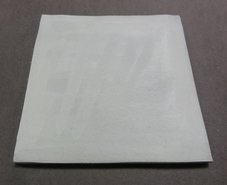
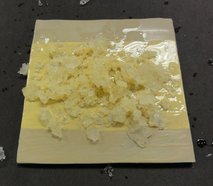

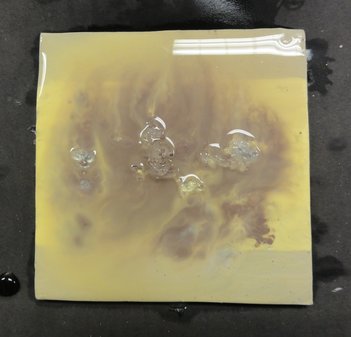
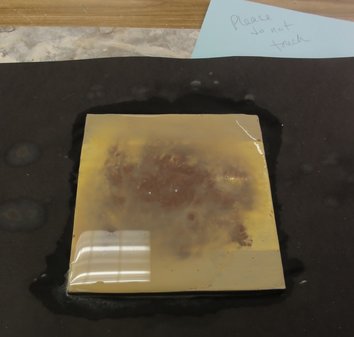
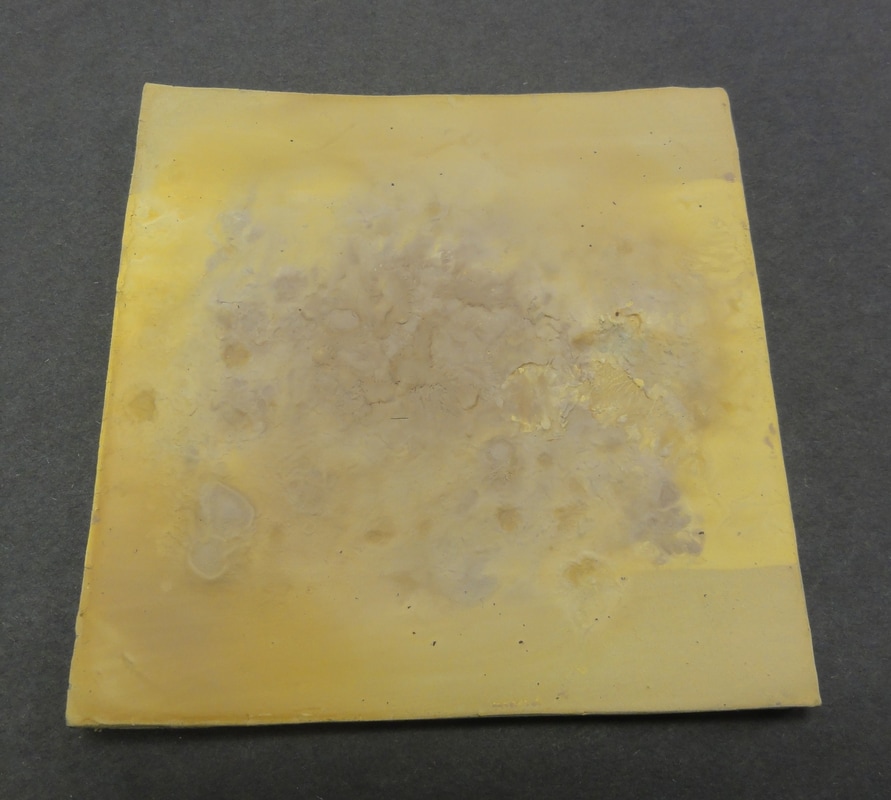




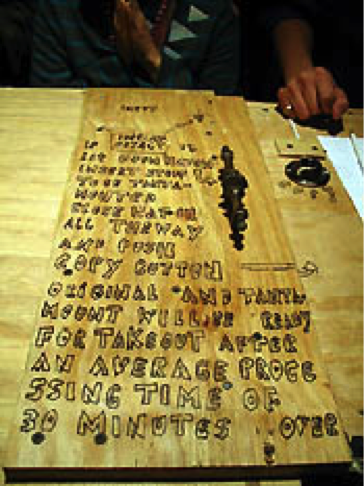

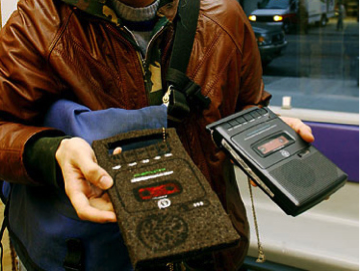




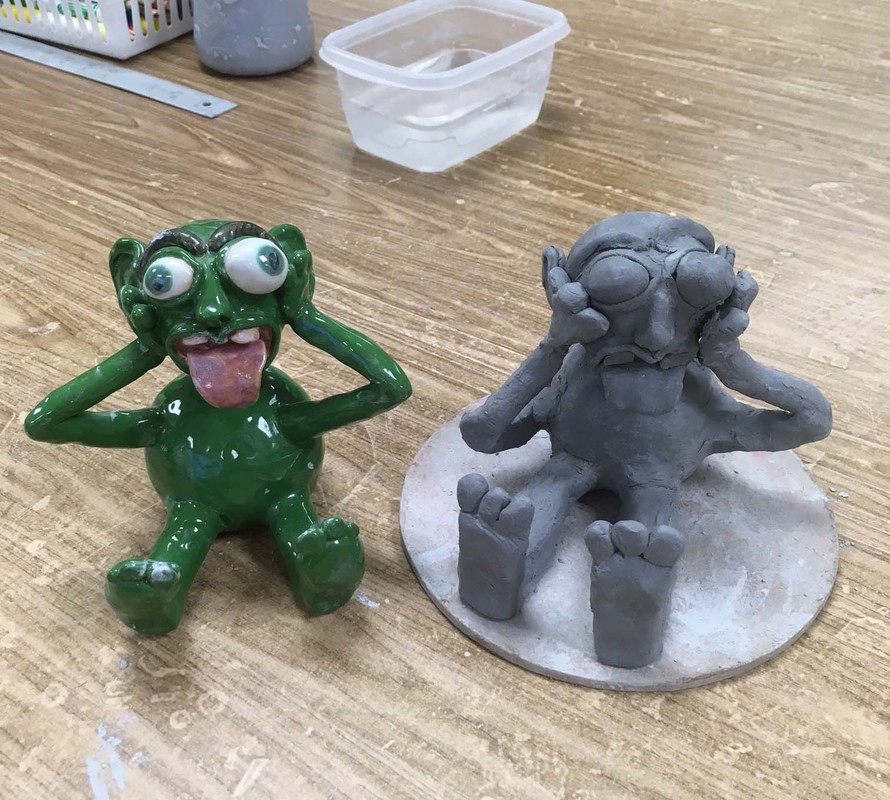
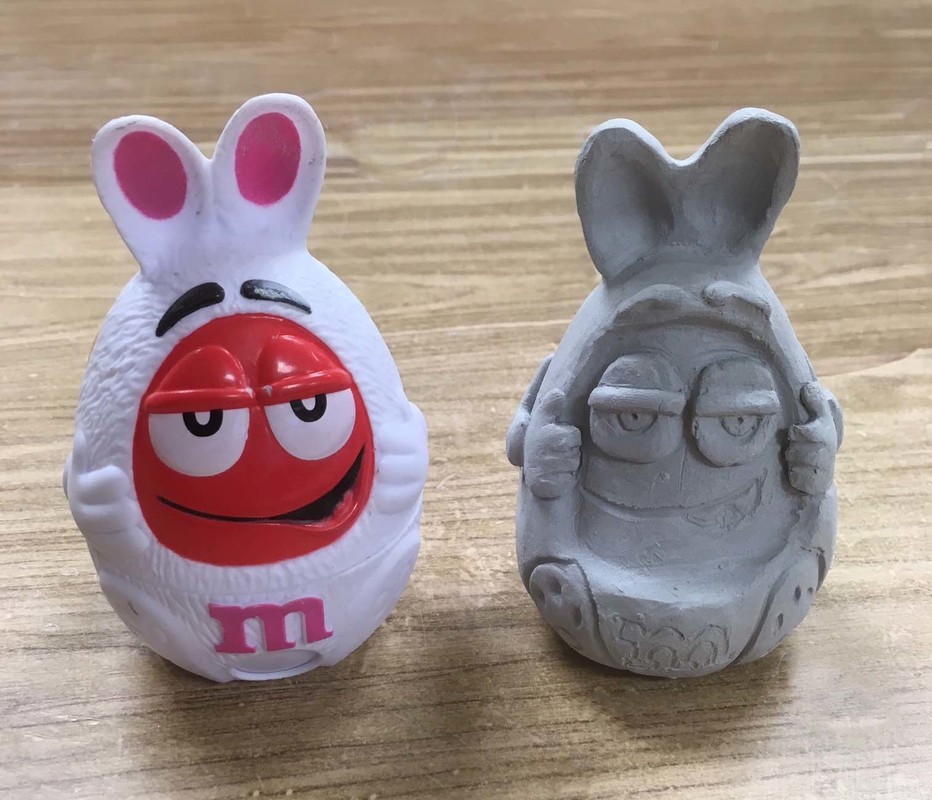
 RSS Feed
RSS Feed